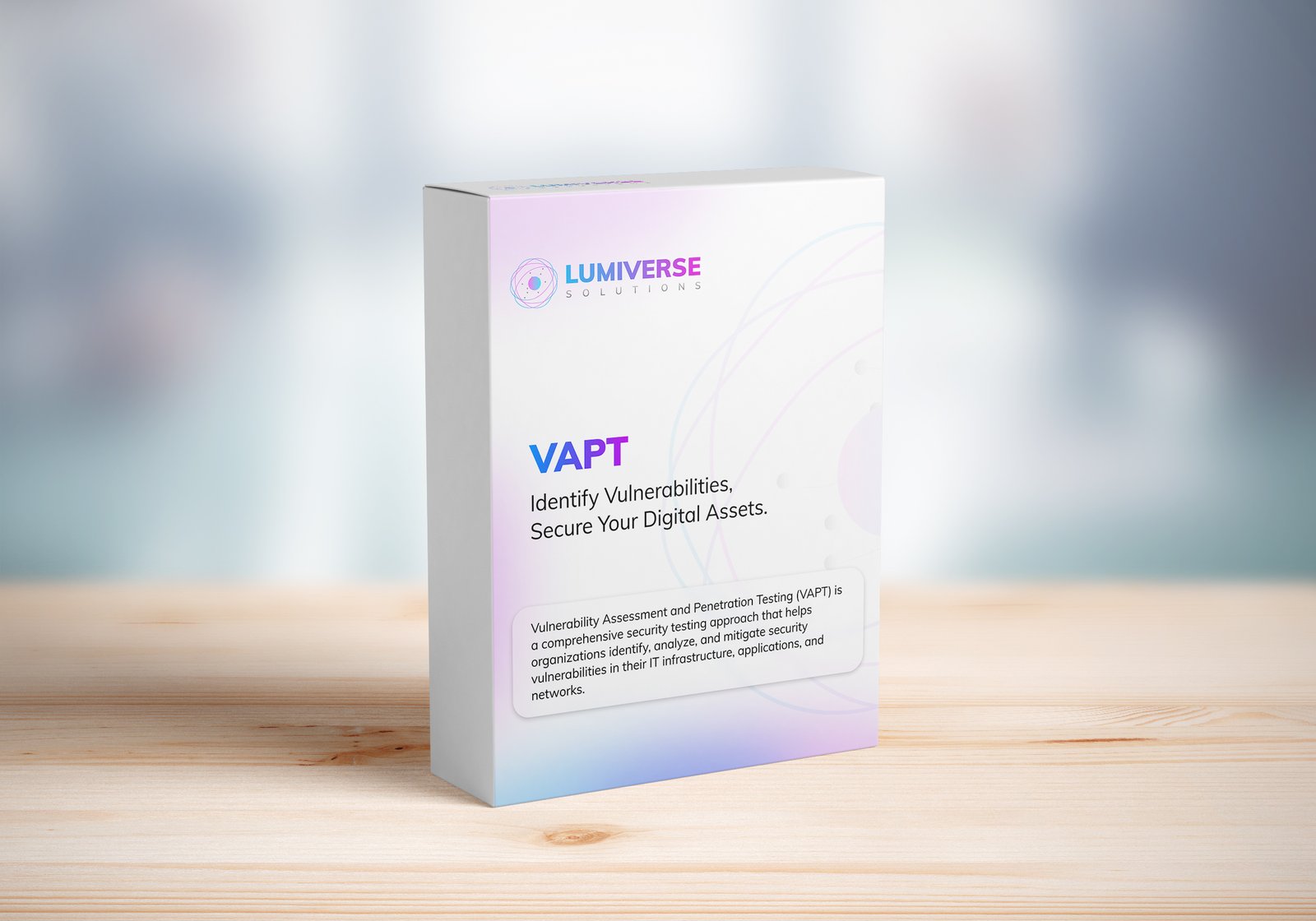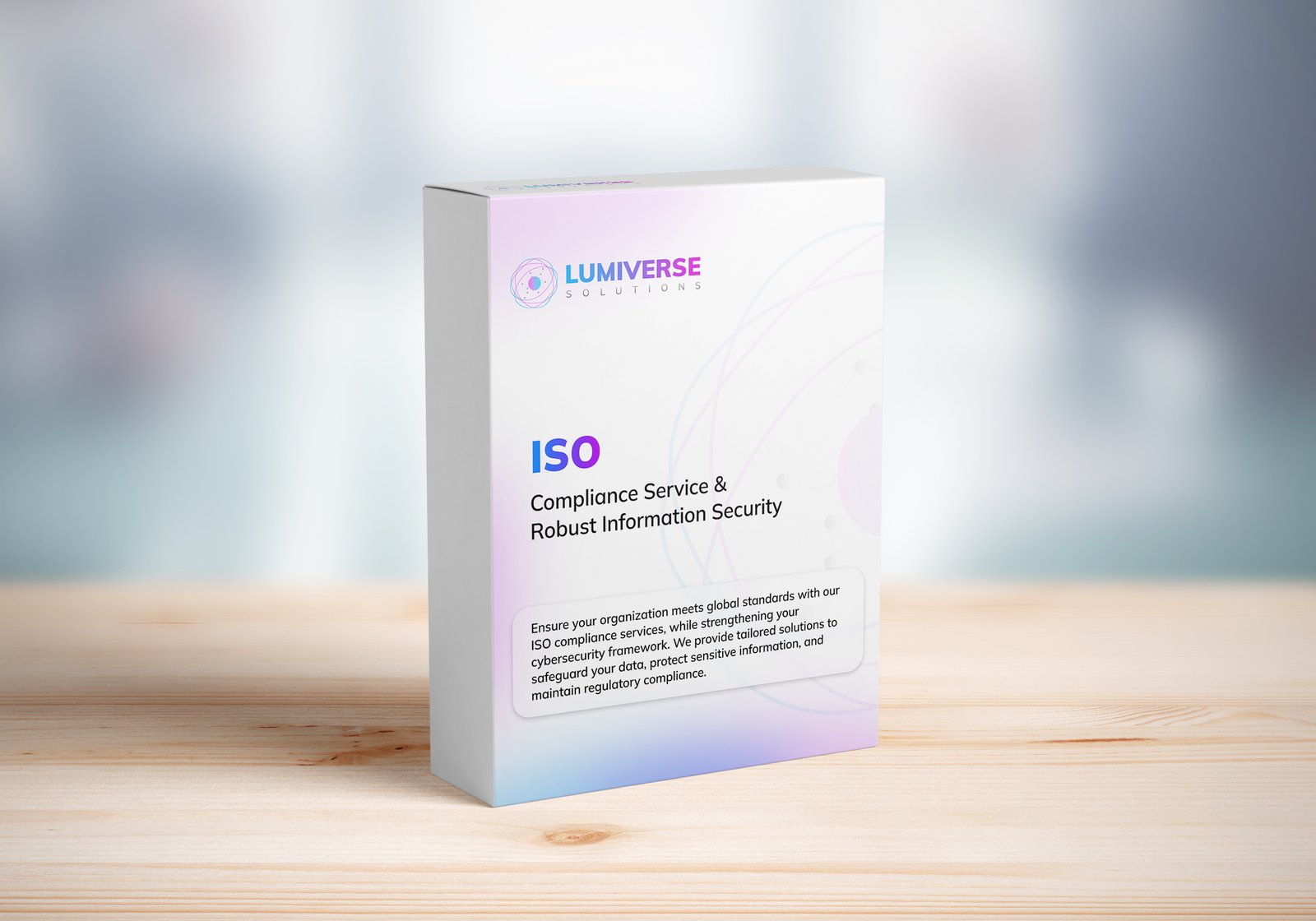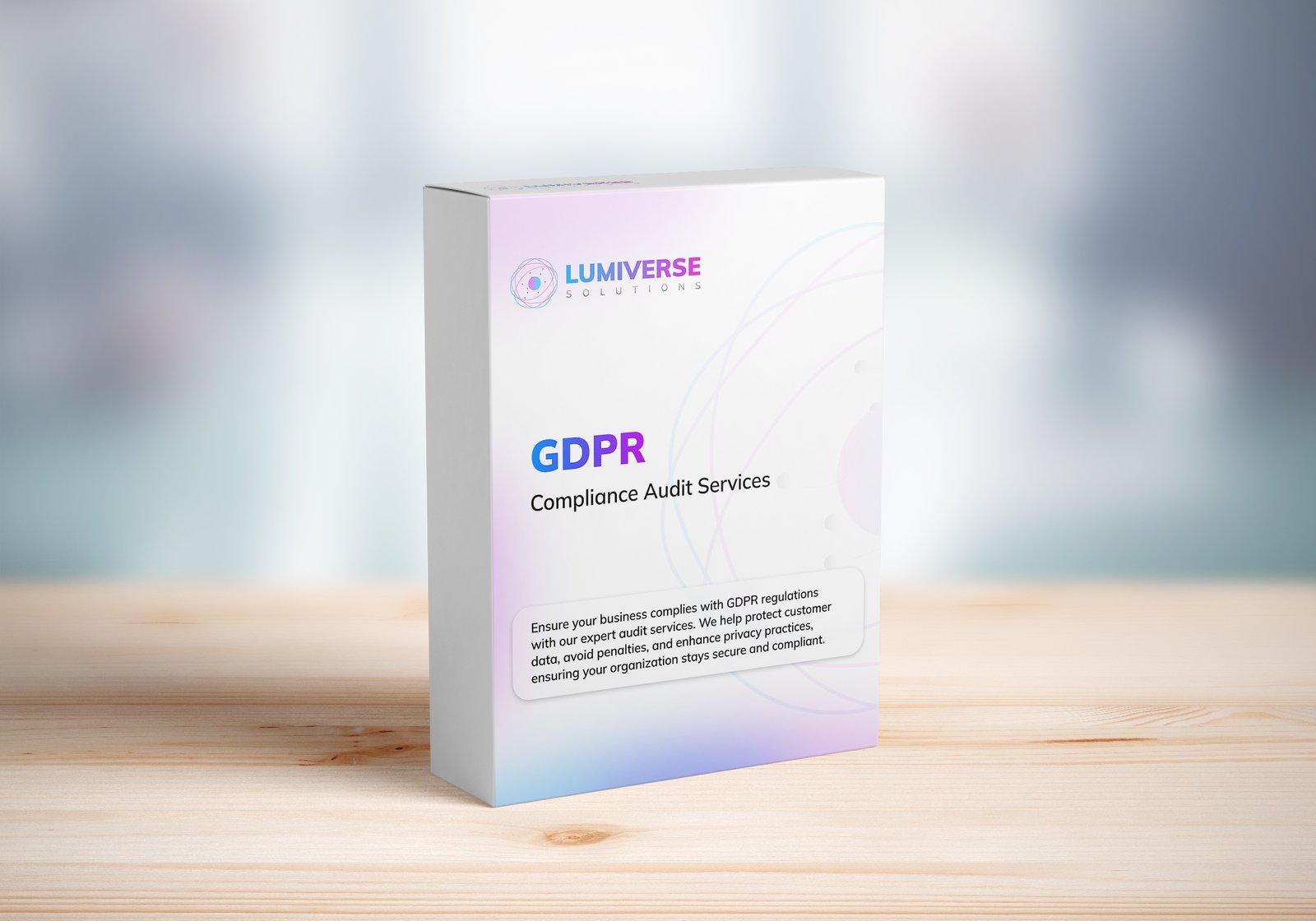Is Your SOC Ready for Today’s New Threat Landscape?

INTRODUCTION
Today’s digital-first world has the threats of cybersecurity changing at a faster pace than ever before. The conventional Security Operations Center (SOC) needs to be completely revamped in order to be able to address the newer types of attack. While the cybercrooks are updating themselves to newer tools, automation, and methods, the question that each organization needs to ask themselves is: Is your SOC equipped to address this fast-changing threat landscape?
In this comprehensive guide, we’ll explore what makes a modern SOC effective in 2025, assess how ready your SOC is, and lay out strategic actions to future-proof your security operations.
1. Understanding the Role of a Modern SOC
A Security Operations Center is the nerve center of an organization’s cybersecurity defense. Its main objectives include:
Real-time monitoring and detection of threats
Incident response and containment
Threat intelligence and analysis
Security automation and orchestration
Compliance reporting and enforcement
Is your SOC capable of transcending these basic capabilities and truly safeguard against threats such as AI-driven attacks, ransomware-as-a-service (RaaS), and supply chain threats?

2. The Threat Landscape in 2025 Evolves
The cyber threat landscape of 2025 is very different from that of a couple of years ago. Some of the notable issues are:
a. Advanced Persistent Threats (APTs)
State-sponsored and state-organized crime groups are launching more aggressive, stealthy attacks that aim for data theft or persistent access.
b. AI-Based Cyberattacks
Hackers are leveraging AI to conduct phishing, create malware, and even social engineering, hence making the attacks more complex and imperceptible.
c. Cloud Security Loopholes
Since most companies are cloud-first, attackers are taking advantage of misconfiguration, visibility, and inappropriate access controls.
Whether malicious or accidental, insiders continue to be a major threat for data breaches, usually under the noses of traditional monitoring technologies.
Is your SOC prepared to effectively detect, respond, and recover from these emerging attack vectors?
3. Indications That Your SOC Isn’t There Yet
To counter with “Is your SOC ready?” in the real world, you need to critically evaluate it. These are warning signs indicating that your SOC isn’t ready yet:
Alert Fatigue: Too many low-priority alerts overwhelm analysts.
Sparse Threat Intelligence: Threats are not contextualized, causing delayed response.
Manual Processes: Human process without automation delays containment.
Ancient Technology Stack: Can’t bolt on new tools such as SOAR or AI-based analytics.
No 24/7 Monitoring: Cyberattacks do not rest.
No Incident Response Playbooks: Without written plans, response activity is haphazard and slow.
If any of the above apply, your SOC is not ready for the modern threat landscape.
4. Building a Future-Ready SOC
If you’re asking, “Is your SOC ready?” — here’s what your next steps should include:
a. Implement AI and ML for Detection
Apply machine learning algorithms to identify patterns and anomalies and eliminate false positives.
b. Initiate Threat Intelligence
Employ live threat feeds, dark web monitoring, and context-based intelligence to learn quicker and respond quicker.
c. Offer 24/7 Monitoring
Monitoring 24 hours a day enables early detection and quick containment of threats.
Reduce trust within your ecosystem. Authenticate every access request, enforce least privilege, and aggressively segment networks.
e. Periodic Tabletop Exercises
Simulate attacks to gauge your SOC’s readiness, build muscle memory, and reveal process vulnerabilities.
5. People: Your Most Important SOC Asset
Technology is not enough to ensure that your SOC is ready. Talented people are equally important. Prioritize:
Hiring trained analysts and incident response personnel
Ongoing upskilling of your staff members on emerging attack methods
Cross-training between security and IT operations
Fostering active threat hunting

6. Top Metrics to Measure SOC Readiness
Below are some of the most important performance metrics (KPIs) to measure SOC effectiveness:
Mean Time to Detect (MTTD)
Mean Time to Respond (MTTR)
False Positive Rate
Number of Incidents Handled per Analyst
Time Spent on Manual Activities vs Automated
Is your SOC ready according to these parameters? If not, there are changes of strategy.
7. SOC Models to Consider in 2025
Selection of the appropriate SOC model is crucial. Your decision has to be based on business size, complexity, and regulatory compliance.
a. In-House SOC
Complete control but with significant investment in infrastructure, human resources, and tools.
Third-party services’ 24/7 monitoring, perfect for SMBs.
c. Hybrid SOC combines internal resilience with outside specialist input to be agile and cost-effective.
Is your SOC feasible as it is today, or would a hybrid model be more feasible?
8. Compliance & Regulatory Pressures
SOC readiness is not only about defending against threats — it’s also about demonstrating compliance. Ensure your SOC accommodates:
GDPR and Data Privacy
ISO/IEC 27001
PCI DSS
HIPAA
NIST 800-53 / CSF
Can your SOC prepare compliance reports, facilitate audits, and enforce data protection requirements?
9. Budgeting for SOC Maturity
Your security spend must be guided by your threat risk and business objectives. Cost buckets are:
Technology licensing (SIEM, SOAR, EDR)
Analyst salaries
Training and certifications
Threat intelligence feeds
Outsourced monitoring services
Is your SOC in place within your existing budget, or more investment is required?
10. How to Get Started with a SOC Readiness Assessment
A third-party SOC readiness assessment will:
Assess your people, processes, and technology
Determine gaps and weaknesses
Provide actionable recommendations for improvement
Compare with industry standards
This is the beginning of being able to answer confidently: Is your SOC ready?
11. Incident Response Planning Significance
One of the largest indicators of SOC maturity is having a good and regularly exercised Incident Response Plan (IRP). If you’re wondering Is your SOC ready, then a lack of an obvious, role-defined response plan is a warning sign.
Major Ingredients in a Solid IRP:
Clearly defined Roles and Responsibilities for SOC analysts, IT, legal, and management.
Post-Incident Review (Lessons Learned) sessions for enhancing future resilience.
Playbooks for Various Attack Modes such as ransomware, DDoS, phishing, or supply chain compromise.
Is your SOC prepared to trigger these playbooks the instant an attack starts?
12. Security Monitoring Beyond the Perimeter
Legacy SOCs concentrated a lot on network perimeter security. With today’s cloud-first, remote workforce model, perimeter-based security is antiquated.
Is your SOC prepared to monitor:
Remote endpoints (laptops, mobile devices)
Cloud environments (AWS, Azure, GCP)
SaaS applications (such as Microsoft 365, Salesforce, Slack)
The contemporary SOC needs to have complete visibility into all systems where sensitive information resides or travels.

13. Behavioral Analytics and UEBA
Most contemporary attacks incorporate subtle, unauthorized user activity by users who already possess valid access — such as account takeovers or insider abuse. This is where User and Entity Behavior Analytics (UEBA) comes in handy.
Is your SOC prepared to
Detect anomalous user behavior?
Detect lateral motion?
Alert on privilege escalation or data exfiltration?
Behavioral analytics provides your SOC with greater context into activity that looks good on the surface but is perilous underneath.
14. Red Teaming and Threat Simulation
In order to respond Is your SOC ready, you ought to try it — like attackers will. Red teaming consists of simulated ethical hacking by internal or external professionals who try to penetrate your defenses.
Advantages include:
Identifying actual-world vulnerabilities in processes and detection controls.
Validating your SOC’s detection, response, and remediation capabilities in a live environment.
Increasing blue team (defensive) preparedness through proactive exercises.
Unless your SOC has ever been subjected to a red team exercise, your SOC is not prepared for sophisticated threats.
15. Vendor Risk and Supply Chain Visibility
High-profile breaches in 2024 exploited software supply chains and cloud dependencies.
Is your SOC ready to:
Monitor vendor systems integrated with your core operations?
Detect anomalies in API calls, software updates, or external data access?
Audit vendor compliance with your security policies?
If third-party connections aren’t actively monitored, you’re leaving a huge backdoor open.
16. Dark Web and Threat Actor Monitoring
Being reactive is no longer sufficient. SOCs have to become intelligence-led and watch underground channels for indications of compromise or imminent attack.
Is your SOC prepared to:
Find your leaked credentials, customer information, or product data on the dark web?
Monitor mentions of your organization by cybercrime gangs?
Use that intelligence to actively harden controls?
Investing in dark web monitoring technologies and partnerships is a requirement for today’s threat visibility.
17. Cyber Insurance and SOC Alignment
Cyber insurance policies are increasingly onerous, with many insisting on an SOC capability minimum. Not meeting these can lead to:
Increased premiums
Reduced coverage
Claims being denied following a breach
Is your SOC capable of delivering to insurer requirements in the areas of:
Detection time frames
Documentation of response actions
Security control maturity
Make your SOC compliant with current insurance underwriting standards.

Conclusion
Cyber threats have become more sophisticated, evasive, and destructive than ever. Businesses need to get past their legacy defenses and make their SOC actually future-proof if they are to survive and prosper in 2025. From AI adoption to 24×7 threat detection and human talent upskilling, the question “Is your SOC ready?” has to be met with facts, planning, and execution.
Disclaimer
This blog is for informational use only. It is not professional advice. Organizations must consult with experienced cybersecurity experts before making any changes. The information is based upon the best current practices and may change over time and technology.
Recent Posts
Categories
- Cyber Security
- Security Operations Center
- Cloud Security
- Case Study
- Technology Trends
Vulnerability Assessment & Penetration Testing (VAPT)
Buy our VAPT services to identify vulnerabilities, simulate real-world attacks, and strengthen your systems against cyber threats effectively.

iso compliance service
Buy our ISO Compliance services to streamline processes, ensure security, meet global standards, and maintain industry certifications with ease.

SOC 2 Compliance Audit
Ensure your business meets security, privacy, and compliance standards with our SOC 2 Compliance Audit services. Protect data, build trust, and stay secure. Buy our services today!

GDPR Compliance Audit Services
Ensure your organization meets GDPR standards with our expert compliance audit services. Protect data, avoid penalties, and enhance privacy practices. Buy our services today to stay secure and compliant!

Subscribe to our Research
Enter your email address to subscribe to Lumiverse Research and receive notifications of new posts by email.
Tell Us Your Opinion
We value your perspective! Share your thoughts, feedback, or questions below. Your opinion matters and helps create a richer, more engaging conversation. Let’s connect and hear what you think about this post!

